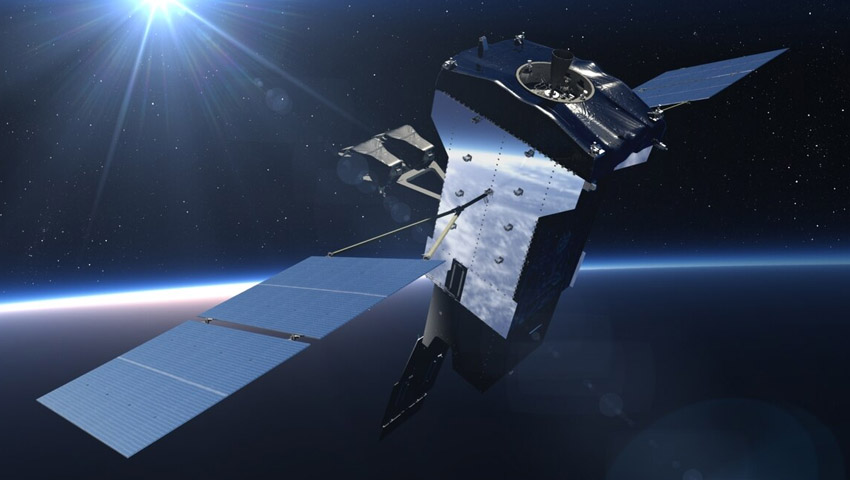The US Space Force’s Space and Missile Systems Centre, Next-Gen OPIR Geosynchronous Earth Orbiting satellite program, commonly referred to as NGG, has completed its preliminary design reviews for its two candidate mission payloads.
To continue reading the rest of this article, please log in.
Create free account to get unlimited news articles and more!
The NGG program is developing two infrared mission payloads in a competitive, parallel development effort to mitigate schedule risks for the first NGG satellite launch in 2025.
The two mission payload provider teams, Raytheon Space and Airborne Systems (RSAS) and Northrop Grumman Aerospace Systems (NGAS) with Ball Aerospace, will each design, manufacture, assemble, integrate, test and deliver one mission payload to fly on the first two of three planned NGG satellites.
As the Space Force pushes for rapid delivery of the first NGG satellite for launch by 2025, this key milestone demonstrates that the program is on track. Successfully completing the payload PDRs was especially important, as the payloads are the critical path for the first NGG satellite delivery.
The team plans to wrap up the system PDR campaign this fall and drive towards the system critical design review in the fall of 2021.
Colonel Daniel Walter, the Next-Gen OPIR Space Segment program manager, said, “These reviews demonstrated that the competing NGG mission payload contractors will provide the critical missile warning performance required for our nation to operate in a contested space environment.
“The two successful reviews were key milestones in demonstrating our readiness to move forward. Our next steps are the build and test of engineering design units, or EDUs, and procurement of critical flight hardware for the first Space Vehicle delivery in 2025,” COL Walter added.
The NGG contract was awarded to Lockheed Martin on 14 August 2018 for the design, development, manufacture, integration, test and delivery of three Next-Gen OPIR GEO space vehicles.
“The mission payload EDUs will be critical enablers to demonstrate mission capabilities and exercise key integration activities that will burn down program risk before the space flight hardware is delivered,” COL Walter said.
Lockheed Martin held a competitive source selection and awarded subcontracts to both RSAS and NGAS/Ball for development and build of two separate mission payloads in October 2018.
The government and Lockheed Martin will determine later which of the payloads will integrate on the first and second satellites.
Lockheed Martin will also competitively select one of the two subcontractors to build an additional payload to fly on the third NGG satellite.

 Login
Login







